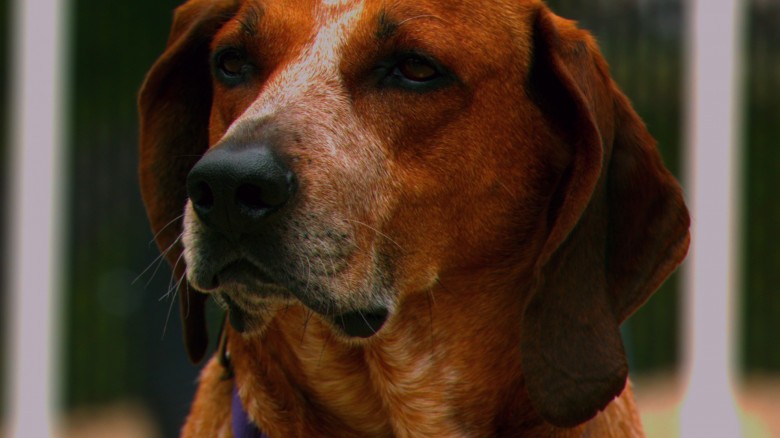03 Mar Dangerous dogs in the United Kingdom
Dog attacks in the UK are constantly rising, but what can dog owners do to try and prevent this from happening, asks Hayleigh Morris.
Domesticated dogs are renowned for being our best friends. They’re loyal, friendly and provide a lifetime of entertainment, company and unconditional love. However, if man’s best friend is trained or treated in certain ways, canine’s can become violent and sometimes deadly. According to the Health and Social Care Information Centre, dog attacks in the last 12 months have been steadily increasing and decreasing constantly, with the highest admissions being for children up to the age of nine and most injuries occurring to the skin, hands and face. But dogs don’t only attack human beings.
Dogs attacking other dogs in the street, and specific breeds of dogs being bred simply for dog fighting is a common occurrence in the United Kingdom. I spoke to Pat Moore, creator of Pats Paws, a company which aims to assist puppy and dog owners create a much stronger understanding of their pets through means of training, advice and dog walking, about the situations which cause dogs to attack each other.
Dogs are animals, and when they feel threatened or scared, they behave like all other animals; known as the fight, flight or flee response. This occurs in domesticated dogs just as much as wild dogs, as it is genetically wired into their shared DNA. The response is much stronger in the bull breeds (bull mastiffs, bull terriers, english bull dogs, etc) because they were used in the past, and still are today in some countries, for fighting and hunting. However, more typically domesticated breeds of dog, such as a labrador, have always been used as family pets, which makes them less inclined to attack when they feel threatened, and are more likely to tolerate the threat.
“The breeds of dogs which are typically kept as pets are taught to socialise, which in turn teaches them to become used to social situations, something known as positive perception” states Pat. He continues “If a dog is not taught to socialise, when it is brought into social situations, the fear of the unknown will cause it to attack”
Gang crime in the United Kingdom is often associated with dog fights between the opposing gangs dogs, typically the bull breeds. These gangs take a genetically predisposed dog and expose it to attacking behaviour, or use leads to wind the animal up and frustrate it, which is how these dogs are taught to not only fight, but kill. “Their genetic make up means they are predisposed to grab something, be it a pheasant or a rat, and not let go” adds Pat.
The behaviour exhibited by dogs when they are adults is almost entirely influenced by how they are trained as puppies. I visited Sue Evans, from Alpha Dog Training Club, who runs puppy training sessions in North London to teach owners how to train their dogs correctly from a young age.
Sue explained that “Problems with dogs can be spotted from a very young age. Watching them in training sessions gives us the opportunity to notice behaviour problems which could become a problem later on in their life, such as food aggression, or whether the puppies are ‘dog focused’, meaning they pay more attention to other dogs than their owner, which in social situations would be a problem and could spark aggression”
Last year, the RSPCA reported that arrests and convictions for animal cruelty rose by 34 per cent in 2012. When a dog is neglected or abused it can often become violent. As well as creating Pats Paws, Pat Moore spent ten years working for Battersea Dogs and Cats Home, where he was the Head of Behaviour. In this role, he was responsible for the rehabilitation of dogs which had a dog focused violent past.
Pat explained that if a rescued dog is on the UK banned breeds list and is not registered, the dog has to be euthanised. As most dogs involved in gang related dog fights are banned breeds, this is the most common outcome. However, there are other scenarios.
“The process of rehabilitating a dog which attacks other dogs is difficult, mainly because the dog is a danger to all the others on the site, and no matter how much to try to teach them normal behaviour, their genentically predisposed violent behaviour could possibly resurface at any given time. Aggressive dogs are not often rehomed” explains Pat.
The questions are; is it cruel to keep aggressive dogs alive if they are, in a sense, not living their life? And, are aggressive dogs too dangerous to be brought back into society? These things must be considered before the choice to rehabilitate a dangerous dog is made.
//


